
| Recorded by: Dean Furbish on 2025-08-25
Wake Co.
Comment: | 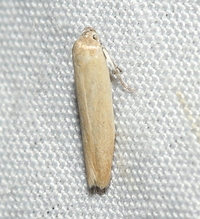
| Recorded by: David George, Jeff Niznik, Rob Van Epps, Kevin Metcalf on 2025-07-20
Richmond Co.
Comment: |
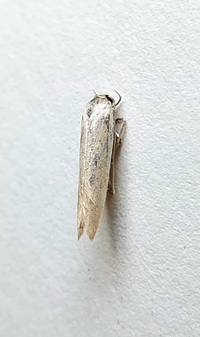
| Recorded by: Mark Basinger on 2025-05-20
Wilson Co.
Comment: | 
| Recorded by: David George on 2025-05-16
Durham Co.
Comment: |

| Recorded by: David George, Jeff Niznik, Brian Bockhahn on 2025-05-09
Cumberland Co.
Comment: | 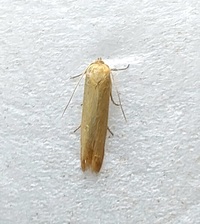
| Recorded by: Mark Basinger on 2025-05-05
Wilson Co.
Comment: |

| Recorded by: Jim Petranka on 2025-05-03
Madison Co.
Comment: | 
| Recorded by: Jim Petranka on 2025-04-27
Madison Co.
Comment: |
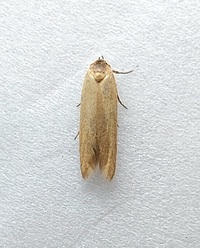
| Recorded by: Mark Basinger on 2025-04-15
Wilson Co.
Comment: | 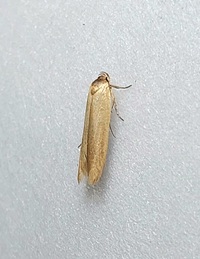
| Recorded by: Mark Basinger on 2025-04-15
Wilson Co.
Comment: |

| Recorded by: David George, Jeff Niznik on 2024-08-06
Transylvania Co.
Comment: | 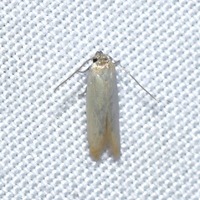
| Recorded by: Jeff Niznik on 2024-07-21
Orange Co.
Comment: |
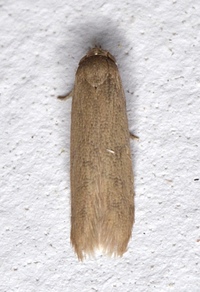
| Recorded by: Stephen Dunn on 2024-06-19
Orange Co.
Comment: | 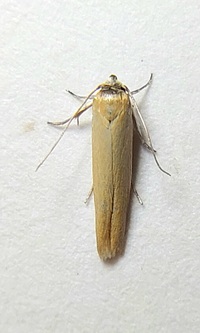
| Recorded by: Mark Basinger on 2024-06-18
Brunswick Co.
Comment: |
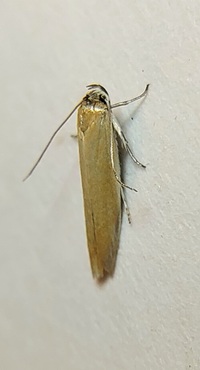
| Recorded by: Mark Basinger on 2024-06-18
Brunswick Co.
Comment: | 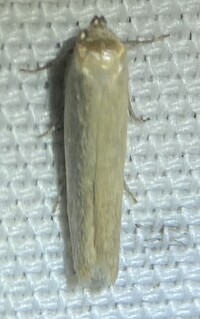
| Recorded by: Dean Furbish, Lior S. Carlson on 2024-06-17
Lincoln Co.
Comment: |
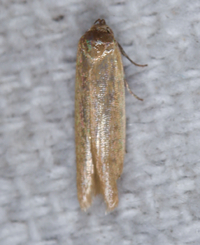
| Recorded by: Jim Petranka on 2024-06-16
Madison Co.
Comment: | 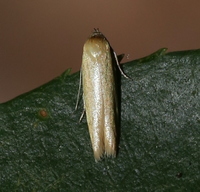
| Recorded by: David George on 2024-06-14
Durham Co.
Comment: |
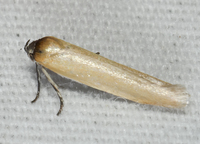
| Recorded by: John Petranka on 2024-06-07
Orange Co.
Comment: | 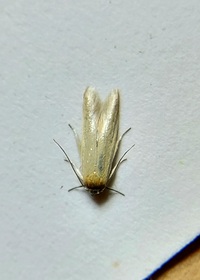
| Recorded by: Mark Basinger on 2024-05-27
Brunswick Co.
Comment: |
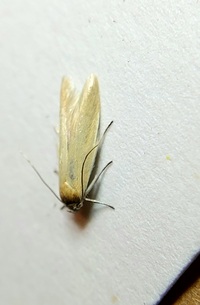
| Recorded by: Mark Basinger on 2024-05-27
Brunswick Co.
Comment: | 
| Recorded by: Emily Stanley on 2024-05-11
Buncombe Co.
Comment: |
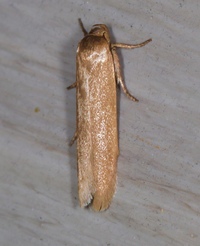
| Recorded by: Jim Petranka on 2024-05-02
Madison Co.
Comment: | 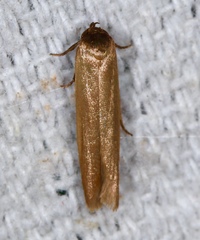
| Recorded by: Jim Petranka on 2024-04-27
Madison Co.
Comment: |

| Recorded by: Jim Petranka on 2024-04-18
Madison Co.
Comment: | 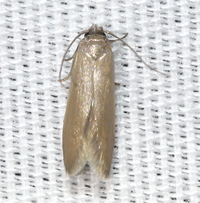
| Recorded by: David George, Jeff Niznik, Rich Teper on 2024-04-17
New Hanover Co.
Comment: |
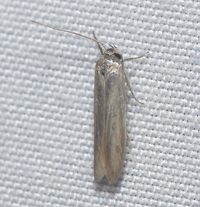
| Recorded by: David George, Jeff Niznik, Rich Teper on 2024-04-16
New Hanover Co.
Comment: | 
| Recorded by: Mark Basinger on 2024-04-12
Wilson Co.
Comment: |
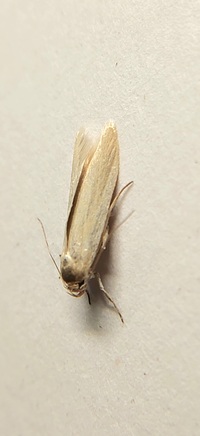
| Recorded by: Mark Basinger on 2024-04-12
Wilson Co.
Comment: | 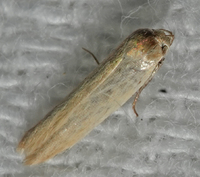
| Recorded by: Chuck Smith on 2023-07-27
Davidson Co.
Comment: |
|

 »
»
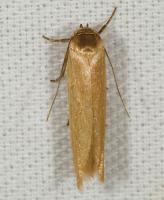
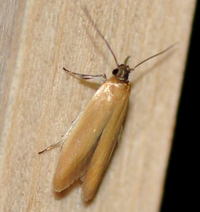

 »
»

